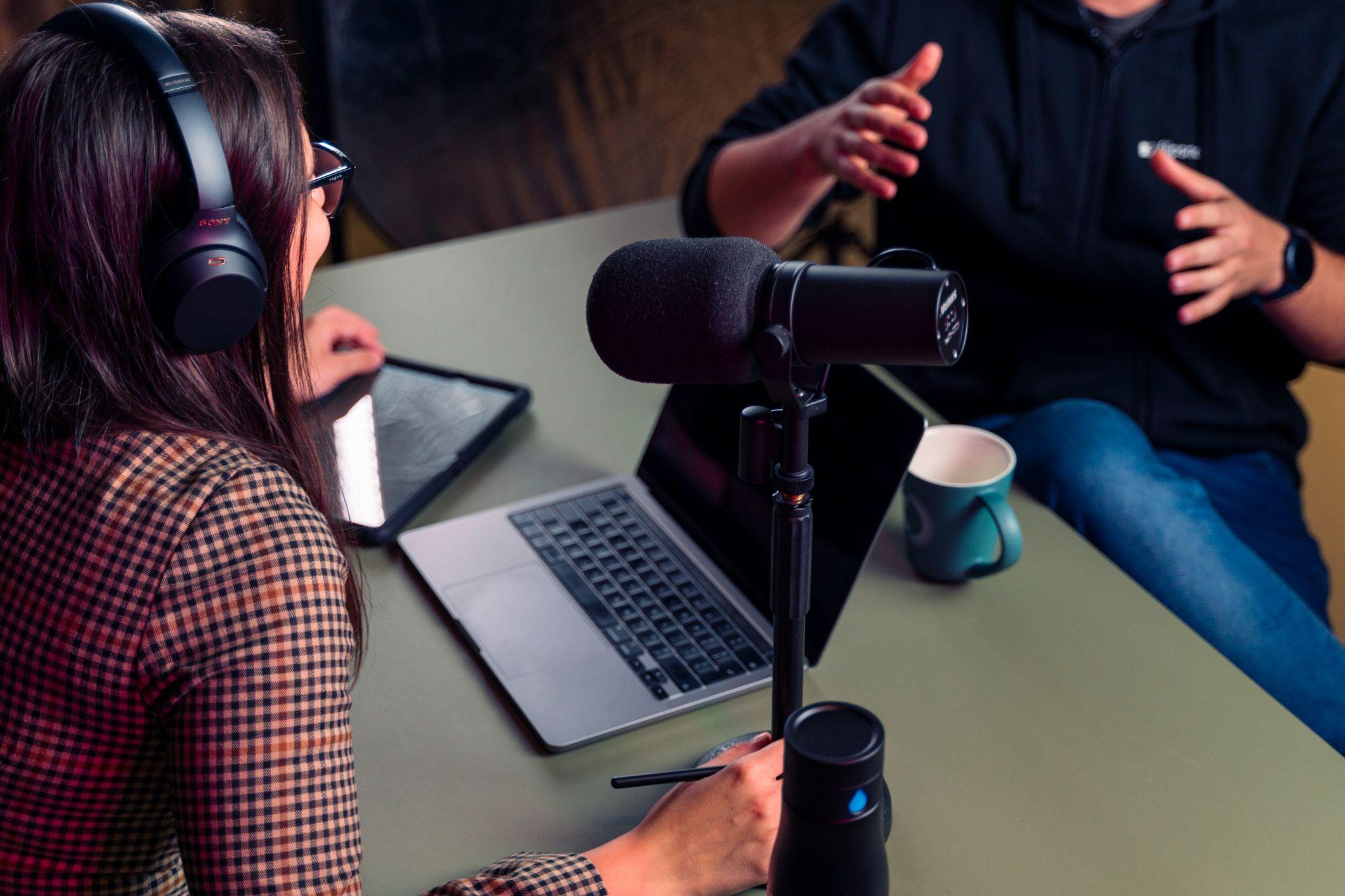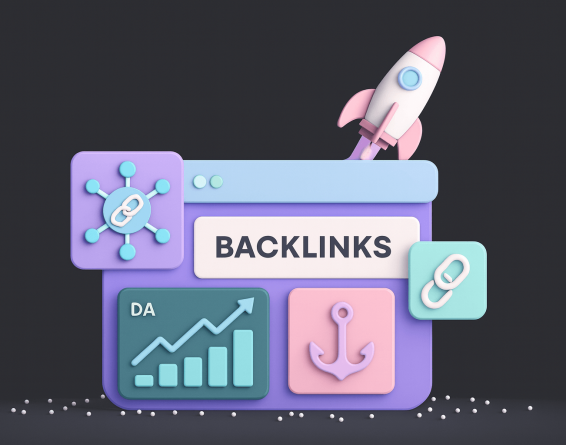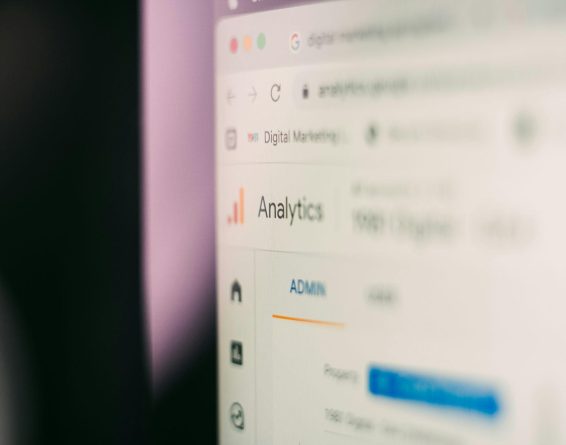Last update: Nov 26, 2025 Reading time: 19 Minutes

You open your content calendar and feel that familiar squeeze in your chest.
There is a blog outline still blank, a LinkedIn post you meant to share, email slots waiting for something smart to say, and a video idea lost in your notes while your feeds start to go quiet.
You are not out of ideas; you are out of ways to stretch them.
Learning how to repurpose content changes that pressure. We take one strong pillar and reshape it into tailored pieces for search, social, and email, so your message stays consistent without burning you out.
At 2POINT, we treat every great idea as the start of a system, not a one-off.

Content repurposing matters because it shapes how long your ideas live, how far they travel, and how strongly audiences remember.
Repurposing stretches the life of ideas you worked hard to create. A blog that would quietly slip into your archive can reappear as a sharp LinkedIn post, a short video, or a refreshed version for people who missed it the first time.
One pillar piece keeps working for months instead of fading after a single publish date.
Content repurposing also respects how your audience prefers to learn. Some people sink into long reads, others catch insights in a short clip, and another group only engages through email.
You give one idea several paths into their day, which is far more efficient than writing new material for every channel. That opens space for strategy, experimentation, and deeper blog refresh work, rather than endless grind.
If content repurposing feels like a fringe tactic, the data says otherwise.
An Adobe survey of small business owners found that 70% already repurpose content to save time, increase visibility, and improve engagement.
When that many teams are reshaping old assets into new formats, you are not experimenting; you are joining a proven workflow. They treat a webinar, guide, or campaign as raw material that can be clipped, rewritten, and reframed across channels.
That shift explains how brands with small teams show up everywhere. They keep publishing without asking writers to start from zero each time.
The creative lift sits in the pillar, not every asset. Repurposing pulls more reach out of work you already trust.
Every niche has a small cluster of topics that quietly define your authority. When you use content repurposing to circle those themes, you show up in more places without sounding repetitive.
For example, a CRM brand might build a pillar guide on onboarding and spin it into a blog tutorial, a LinkedIn checklist, and a short video that walks through the screens:
To really understand how to repurpose content, you start with its clear definition, boundaries, and practical ground rules.
Content repurposing means taking assets you already have, like blog posts, videos, podcasts, webinars, newsletters, or ebooks, and reshaping them for new formats and channels. You keep the core idea intact while adjusting how you tell the story, how much depth you offer, and which angle you emphasize for that audience.
In practice, you are translating a single message into versions that feel native to each platform, rather than forcing a single piece into every platform. That mindset turns single posts into ecosystems.
| Type | Description |
| Repurposing | Repurposing takes an existing asset and reshapes it for a new context, audience, or format. You adjust length, hook, and visuals so the idea feels native on each platform and stays really fresh while still connecting back to the original source. |
| Reposting | Reposting simply copies the same content everywhere with minimal adjustment. It ignores how each platform behaves, so posts feel flat, repetitive, or out of place, which can train your audience to scroll past rather than pay attention. |
When you start repurposing content for social media, a few reliable patterns appear quickly.
Repurposing multiplies what already works.
That means you want to begin from:
If a piece never resonated and feels out of date, you can still use it as a draft. Refresh it, fix the gaps, and rebuild it into a stronger pillar before you start repurposing from it.
A strong content repurposing strategy starts with thoughtful assessment, clear goals, and a narrative plan across channels.
An honest content audit shows you which pieces deserve a second life.
You scan your library for posts with strong traffic, emails with reliable clicks, and social updates people saved or shared. Those signals tell you which ideas already land with your audience.
As HubSpot explains, a small set of assets usually drives most really meaningful outcomes, so you treat them like pillars you can refresh, expand, and continually repurpose in smarter ways as time passes.
Repurposing works best when you know what you are trying to achieve.
You might want to:
Once you are clear on the goal, you can decide where each idea belongs. Short, visual formats suit
Before you multiply an asset, you clean it up so it deserves more visibility.
That might mean updating statistics and examples, replacing outdated screenshots, and smoothing over clunky transitions or confusing sections.
You look for places where the story feels thin and add missing context or stronger proof.
After that polish, your pillar feels current, accurate, and easier to understand, which makes every repurposed version stronger, rather than spreading old weaknesses, and more helpful overall.
You can think of your content ecosystem as a single story told across many episodes.
Every repurposed asset should relate to a core message. Some pieces confront the problem. Others share misconceptions. Others deliver step-by-step instructions or behind-the-scenes context.
When you plan that narrative across platforms, your content feels cohesive instead of random.

This content repurposing strategy turns one strong pillar into many focused pieces tailored to each platform’s audience’s consumption habits.
At a high level, the Pillar → Pieces → Platforms framework turns one strong asset into an ecosystem.
Your pillar is the in-depth guide, webinar, or video that carries the full idea. From there, you pull out smaller pieces, such as stories, stats, and takeaways, and adapt them for specific platforms. The process gives structure to repurposing, making it a planned system rather than a lucky extra bonus later.
You start by choosing one pillar that already shows it can carry more weight for your brand.
Think of this as your flagship asset, whether it is a definitive guide, a well-attended webinar, or a podcast episode packed with quotable moments your audience keeps mentioning.
You open the outline or transcript and treat it like raw footage, scanning for distinct beats rather than treating it as a single long piece.
Headings, stories, screenshots, statistics, and audience questions each become potential micro-topics with one clear promise. A single webinar or long blog content piece often hides 10 to 30 of these angles once you write them down.
That list becomes your menu of talking points you can shape into posts, clips, emails, or carousels.
With your micro-topics in front of you, you choose the format that helps each idea land cleanly.
Some points feel built for a tight vertical clip, while others work better as a carousel, thread, or focused blog section.
Peer-reviewed research in a journal study reports that short-form videos on TikTok, Reels, and Shorts can significantly lift brand engagement and visibility when they align with each platform’s strengths.
That kind of evidence supports putting your punchiest hooks into short video and reserving layered explanations for long-form spaces.
Every platform has its own culture, so you keep the core message steady and adjust how you deliver it. The idea stays the same, the wrapper changes to match how people scroll, search, and interact in each space.
Repurposing feels much easier when you move in batches.
You can:
After that, you place each asset on your content calendar. Instead of dumping everything from one pillar into the same week, you spread those pieces across a month or longer. Your audience sees a steady flow of related content without feeling overwhelmed.
The phrase “Create Once, Publish Everywhere” describes the spirit of repurposing. You create one strong foundation, then distribute its ideas through many channels.
The trap is reading that as “create once, publish the exact same thing everywhere.” Your goal is to preserve the message while you remix the form.
A simple tracker keeps your system from living only in your head.
You can use a spreadsheet or project tool with columns for:
This becomes a map of your content ecosystem, showing which pillars still have untapped potential.
This section turns abstract ideas into a concrete content repurposing workflow you can follow, asset by asset.
Take a comprehensive blog post and:
You are not repeating the whole post in every format. You are choosing the right slice for each audience.

From a recorded webinar or long video, you can:
Long-form guides and ebooks often hide a year’s worth of content in one asset. You slice the big idea into:
Pieces like these keep your flagship resource visible while you experiment with formats that feel more like lo-fi content on social feeds.
Your newsletter works like a lab where ideas get tested with your warmest audience. You can scan past sends for sections with high click or reply rates and expand those into blog posts, short social threads, or scripts for future videos.
When you treat newsletters as a source to mine rather than a one-off broadcast, each send feeds your entire content repurposing workflow and helps you prioritize topics that have already sparked real reactions.
A podcast episode carries stories, frameworks, and opinions that translate cleanly into many formats. You can:
This approach lets you repurpose video content from recorded sessions and keep your show visible between full releases.
A focused content repurposing workflow depends on a few core tools, a simple production rhythm, and clear tracking.
You do not need a huge tech stack, only a few reliable helpers:
A simple, repeatable flow might look like:
You can scale this up for a larger team or keep it lean for a solo creator. The important part is consistency.
Your tracker does more than prevent you from losing ideas.
It shows you:
That awareness helps you avoid both repetition and neglect.
Mistakes to avoid in content repurposing include weak source material, lazy duplication, stale information, and a lack of performance feedback.
If an article never resonated, multiplying it into ten new pieces usually gives you ten more assets nobody asks for. Use repurposing to amplify your best work, not rescue weak content. Strengthen the original before you build around it.
It is tempting to drop the same caption and image everywhere. Performance tends to drop when you do. Each platform has its own language.
Your goal is to stay on brand while speaking that language well enough that people feel at home.
If your content references old prices, stale features, or outdated statistics, repurposing will spread those inaccuracies.
Build a quick “freshness check” into your workflow so you confirm that facts, screenshots, and links are still correct before you reuse them.
Publishing repurposed content without measurement makes your calendar guesswork. A simple view of which topics, formats, and channels drive saves, replies, and sign-ups gives your decisions a stronger foundation.
You can pair that view with structured keyword mapping so you see not only what performs, but where it fits in the journey from discovery to purchase.
Those patterns reveal what to repeat, what to retire, and what to test in a new format.
Repurpose content you own or have permission to use. If a podcast guest or partner contributed a key quote or idea, it is good practice to credit them when you turn that moment into a graphic or clip.

Measuring the impact of content repurposing means tracking how each reused idea attracts attention, drives engagement, and supports conversions.
Start with a small set of metrics that match your goals. For many teams, that includes:
These numbers tell you whether people are seeing, valuing, and acting on your content.
A small amount of structure helps here.
You can:
That light attribution work lets you connect a win to the content that drove it.
Over time, you will see patterns.
Certain topics might thrive as short videos, while others resonate better in long-form posts. Some platforms may generate lively conversations, while others act as quiet discovery channels.
When you compare formats and channels, you can adjust your mix instead of trying to push everything everywhere.
Regular reviews turn your data into better decisions.
You can:
To improve your content repurposing strategy, refine inputs, upgrade delivery, and let performance patterns quietly guide decisions.
Content repurposing works best when the source ideas are sharp and specific. You spend time mapping your audience’s questions, language, and buying triggers so each pillar is built on real insight.
As Forbes Advisor reports, audience research is one of the strongest drivers of successful content marketing campaigns, so guessing gets expensive fast. When you bring subject matter experts into that process, every repurposed slice carries nuance that generic content cannot match.
Repurposed content can only travel as far as the pillar beneath it. You treat those pillars like cornerstone resources, with clear structure, specific examples, and a real point of view instead of recycled tips. That kind of depth makes every spin-off piece feel grounded rather than fluffy.
When a guide or webinar is built on a strong content strategy, you can pull out stories, frameworks, and quotes that stand alone and still lead people back to a trusted source.
Strong ideas still need a clear path if you want repurposed content to perform. A fast site lets people move from a social clip into a full article without friction, and consistent branding keeps every channel feeling like the same voice.
Research from MoldStud shows that even brief delays in load time can hurt conversions, so technical care matters.
Once your repurposing tracker fills up, patterns start to emerge in a very practical way. You notice which topics draw replies, which formats get saved, and which platforms quietly underperform across several months of publishing.
Those signals help you shift time into the combinations that keep working instead of chasing every new content trend. Over time, your repurposing system becomes a feedback loop where performance data shapes the next pillars you create, expand, and refine.
Most followers see only a fraction of what you publish, so content repurposing will not usually annoy them. You adjust hooks, format, and depth so each piece feels like a fresh angle, especially when repurposing content for social media.
You do not need a rigid schedule for how to repurpose content. Aim for monthly or quarterly reviews of top performers, fold them into a simple content repurposing workflow, and prioritise relevance and quality over churned-out recycled posts.
Repurposing your own work is legal and common. You own the ideas, you are reshaping them into new formats. Problems arise when you copy others without permission, so build your content repurposing strategy around assets you created or licensed.
Freshness comes from a new context. When you repurpose blog content or repurpose video content, update statistics, replace dated examples, and rewrite hooks to fit current audience pain points. You can also explore myths, mistakes, or behind-the-scenes angles.
Short videos work well for demonstrations, quick answers, and moments when personality matters.
Text works better for depth, nuance, and searchable resources. In practice, a balanced content repurposing strategy uses both so your best ideas reach people in their preferred format.
Content repurposing gives you a practical way to stop treating strong ideas like one-day events.
You audit what already works, build a pillar, and spin out pieces that fit each channel without diluting your message. If you want help turning that system into consistent output, our social media team can carry the repurposed story across every platform you care about.


Your inbox fills with offers for “100 DA90 links in 30 days,” while your feed warns about link spam updates, site reputation abuse, and expired-domain schemes. One email promises authority, another hints at manual action, and you end up stuck between FOMO and paralysis

Is SEO worth the money? With every agency and freelancer giving you a different answer, it is hard to know who to trust, and Google, along with AI-driven features like AI Overviews (AIO), keeps reshaping how your brand shows up.

Global ecommerce analytics dashboard on tablet, used to plan how to start an ecommerce business